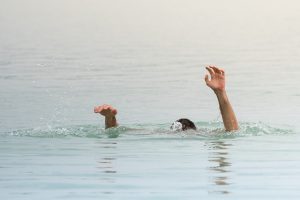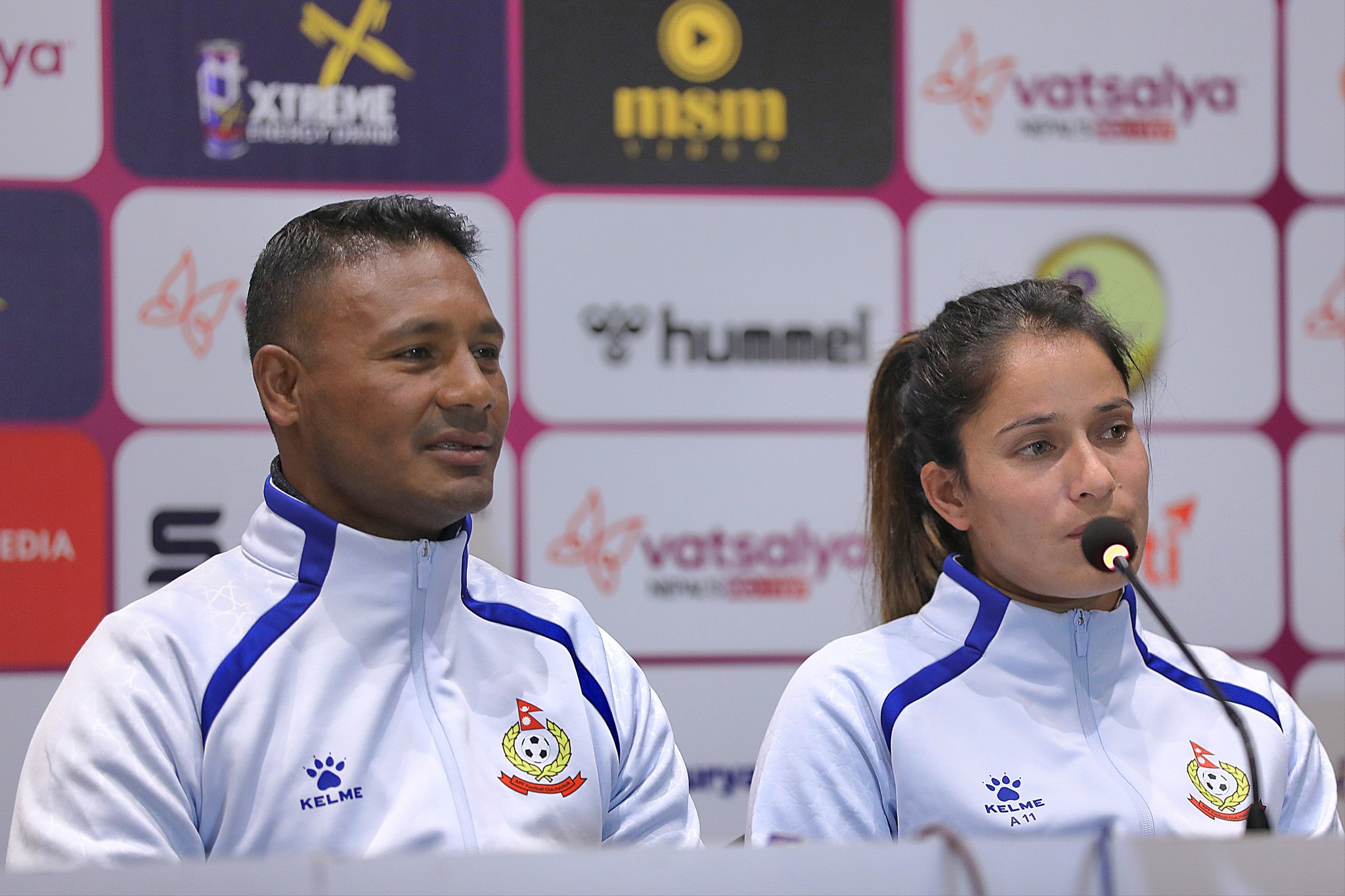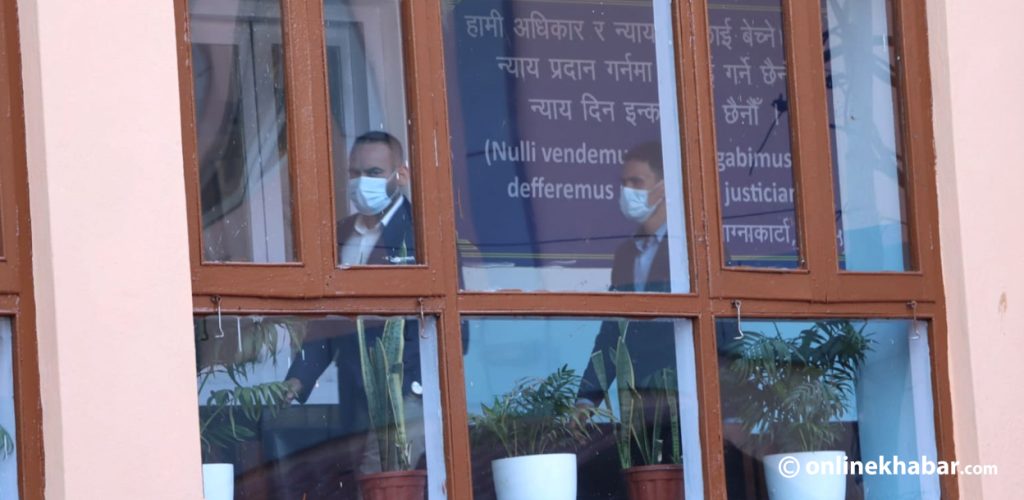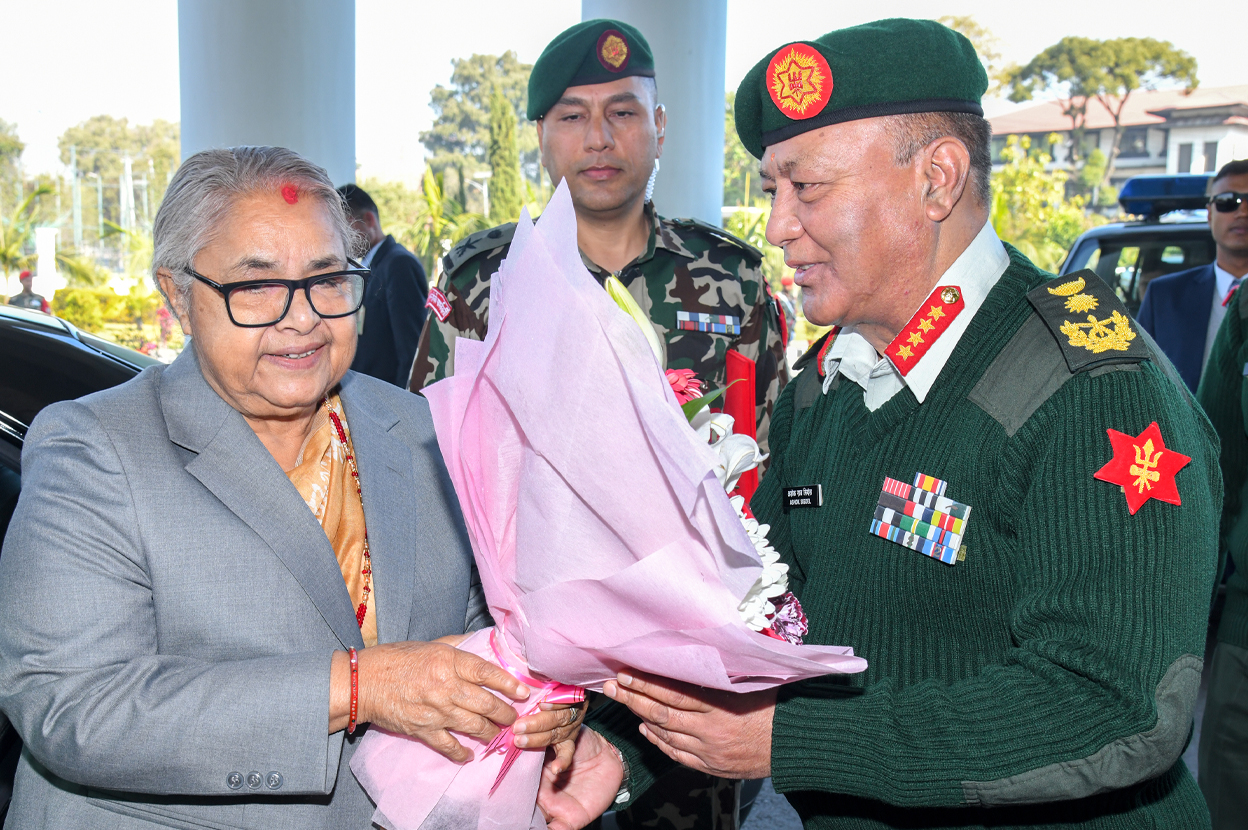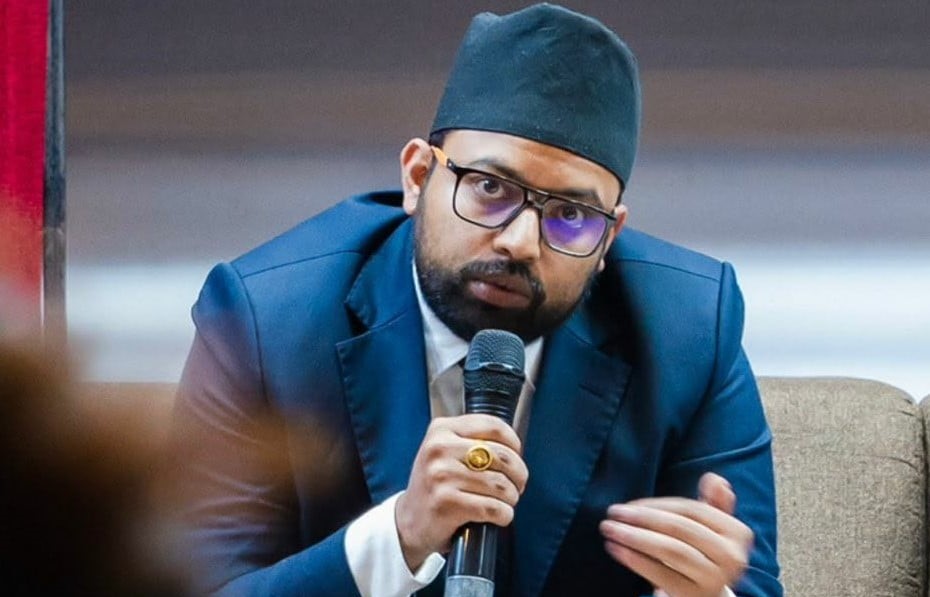
On March 17, one-year-old Ayush Tamang lost his life.
He drowned in a water tank located inside the toilet of his house, in Tarkeshwor, Kathmandu. According to police, he was rushed to Grande International Hospital after he was rescued in a serious condition. However, he died during the treatment.
Manu Khatun, another one-year-old of Kisanpur, Dhanushadham municipality-7 in Dhanusha, died in a similar way on December 2, 2022. She drowned in a bucket kept in the yard while she was playing in her house. She took her last breath at a local medical centre while receiving treatment.
These are just representational cases as such incidents known as bucket drowning take place each year in different parts of the country. According to the data collected by injury prevention and road safety researcher Puspa Raj Pant, 32 children under five years lost their lives to bucket drowning in the last seven years.
Researchers and stakeholders say that although the issue of bucket drowning is serious, it has not received adequate attention from parents as well as the concerned bodies.
Need for public attention

There are several cases of children dying due to bucket drowning across the world.
Drowning is a significant global threat, often referred to as a silent killer, particularly affecting children under the age of five who constitute the largest proportion of drowning victims. In Nepal also, children drowning has become a regular affair due to the lack of safety measures, insufficient recognition of the problem, and children’s inability to swim among other reasons.
According to the World Health Organization (WHO) in 2019, approximately 47,800 children under five lost their lives to drowning worldwide. This accounts for 20.3 per cent of the total fatal drownings that occurred during that year.
The WHO also states that drowning is one of the top five causes of death for people aged 1–14 years in 48 of 85 countries. Reportedly, in 2019, more than 1,500 drowning deaths occurred in Nepal; 31.8 per cent of them were children under five.
According to Pant, drowning kills nearly 18 per 100,000 children below five years every year in Nepal, which is more than whooping cough, malnutrition, measles and tetanus. Researchers say that a large number of families both in rural and urban areas are unaware of child protection from such incidents.
Many such incidents can be prevented. Cases of bucket drowning, in particular, can be avoided through awareness campaigns, discussions and media mobilisation.
“Due to the lack of awareness among society and policymakers, the issue of bucket drowning is not getting adequate attention,” says Pant, “There is also no policy or mechanism to work on this and it has not yet been part of public discourses.”
Corroborating him, another researcher Bhagabati Sedain says, “We have failed or neglected to recognise the risk posed by bucket water.”.
Causes

According to Pant, the first cause of bucket drowning is the lack of predictability and the absence of understanding of the hazards related to stored water.
Parents only prohibit children from roaming around but fail to make a safe environment for them, complains Pant.
“Despite the children having easy access to the risk, the parents do not work on correcting it,” says Pant. For instance, the playing spot should be well set. He adds, “A grille should be placed if there is a window nearby where children play and a water bucket should be covered properly all the time.”
He informs that countries like India and Bangladesh have made significant progress in reducing the incidents of bucket drowning. Those countries have dedicated human resources to controlling it and they have been conducting public awareness programmes related to the issue on a larger scale.
Sedain says that the daily lifestyle of the people in Nepal is one of the main causes of the incidents of bucket drowning. The lack of a 24-hour water supply and the scarcity of water have compelled the people to store water in the bucket.
Researchers Pant and Sedain both argue that the lack of supervision from the parents is another key cause of bucket drowning. Parents these days are unable to give sufficient attention to their children as they usually tend to be outside the house, which creates a distance between them.
Pant adds, “While staying in the house, parents get busy with their mobile phones and fail to give attention to the children. Such an attitude can also be the cause of bucket drowning among the children.”
Prevention
Coming Saturday (May 27), the World Health Organization is adopting a special drowning prevention resolution titled Accelerating Action on Global Drowning Prevention. This follows the global agency’s call to member states to work on drowning prevention.
In this context, Sedain says that the concerned authorities in Nepal should also train and inform parents about child protection and the potential risk that a child could get exposed to. The initiation to train and inform parents should begin in the neighbourhood.
“Every neighbourhood has a committee and it holds a significant authority,” says Sedain. “If they demand the childcare centres dedicated to preventing children from various injuries, they could get one.”
Pant urges promoting the culture of taking children to early childhood development centres to prevent injuries.
Despite the problem of bucket drowning being serious, the government body themselves admit that they have not been able to do anything remarkable about it.
“The understanding and awareness about the bucket drowning are in its initial phase, due to which nothing notable has been done in it,” says Ram Bahadur Chand, the National Child Rights Council information officer. “But, gradually, things will change.”






